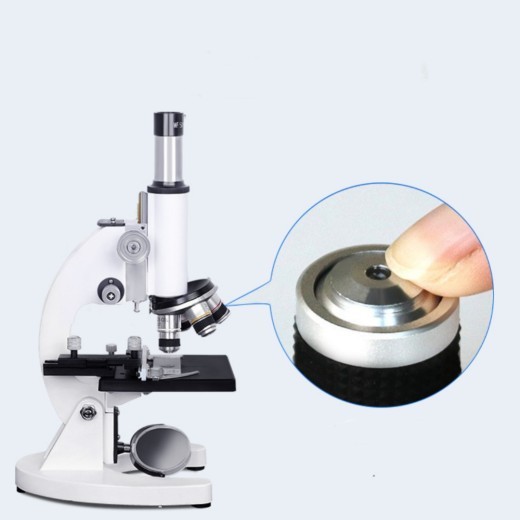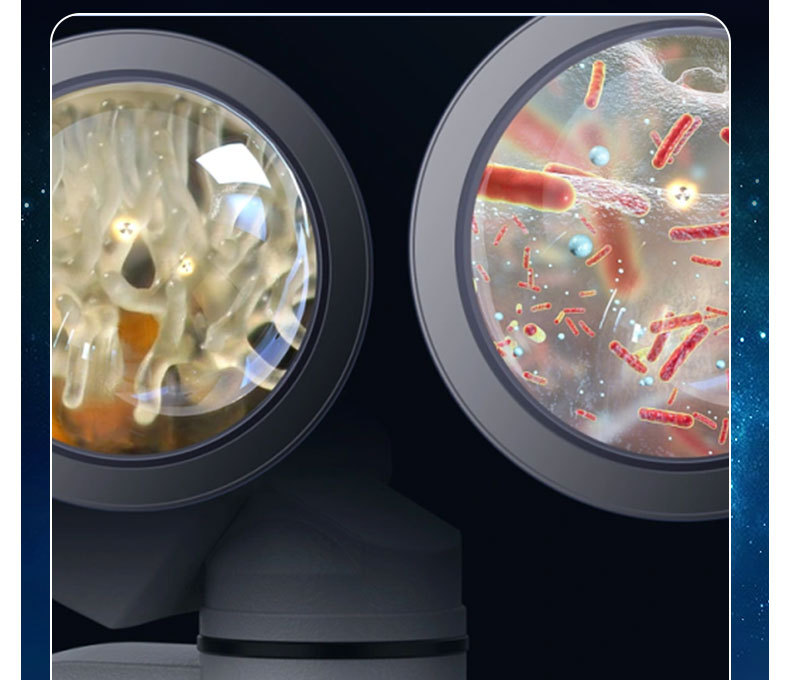









Optical Microscope Professional Laboratory Tools
Approx $102.02 USD
An optical microscope is an essential piece of equipment in laboratories around the world, used for viewing small objects and details that cannot be seen with the naked eye. These professional laboratory tools allow scientists, researchers, and medical professionals to study the microscopic world with precision and clarity. Whether used in biological research, medical diagnostics, materials science, or education, the optical microscope offers essential magnification and resolution to explore minute structures and organisms.
In New Zealand, where scientific research and education are highly valued, the optical microscope is indispensable in various fields, from medical research to environmental studies. For professionals and students alike, having the right optical microscope ensures that high-resolution images are captured, providing valuable insights into the microscopic world.
Key Features of Optical Microscopes
1. High Magnification Power for Detailed Observation
One of the most important aspects of an optical microscope is its magnification power. Optical microscopes typically offer magnifications ranging from 40x to 1000x or more, allowing users to view tiny organisms, cells, tissues, or materials with remarkable detail. Objective lenses are interchangeable and offer different magnification levels, allowing users to observe samples at various levels of detail.
In New Zealand’s scientific community, where research often requires the study of small organisms or intricate materials, high magnification is essential for obtaining accurate data.
Magnification Features:
- Objective lenses with multiple magnification options (e.g., 4x, 10x, 40x, 100x)
- High resolution for clear and sharp images
- Adjustable focus for fine-tuning the view
- Advanced optical systems for better clarity
2. LED Illumination for Clear and Bright Images
The illumination system of an optical microscope is a critical feature for ensuring clear visibility of samples. Many modern optical microscopes are equipped with LED lights, which provide bright, consistent light while being energy-efficient and long-lasting. The adjustable light intensity allows users to control the brightness of the image based on the sample being viewed.
For New Zealand professionals, students, and researchers, LED illumination ensures consistent and precise lighting, allowing for clearer observation of biological and material samples, without the flicker or heat generated by traditional light bulbs.
Illumination Features:
- LED light source for bright and even illumination
- Adjustable light intensity for customized viewing
- Long-lasting bulbs with minimal heat emission
- Built-in condenser for optimizing light direction and sample contrast
3. Dual-Focus Mechanism for Enhanced Precision
For more advanced microscopy, many optical microscopes come equipped with a dual-focus mechanism. This feature provides both coarse and fine adjustments, allowing users to focus quickly on a sample with the coarse adjustment, and then fine-tune the view with the fine focus for sharper details.
The dual-focus system is particularly useful when examining detailed samples or when transitioning between different magnifications, which is critical for both professional use and educational environments in New Zealand.
Focus Features:
- Coarse focus for initial adjustments
- Fine focus for precise image sharpness
- Smooth focus operation for effortless viewing
- Ideal for high magnification observations
4. High-Quality Objective Lenses for Precision
The objective lenses in an optical microscope play a crucial role in determining the overall quality of the image. Professional microscopes often come with multiple lenses that offer different magnification levels, ranging from low-power lenses for general viewing to high-power lenses (such as 100x or more) for detailed, close-up observations of cells, microorganisms, or thin materials.
In New Zealand’s scientific labs and educational institutions, high-quality objective lenses ensure that the microscope produces detailed and sharp images, which is vital for research in fields like biology, chemistry, and medicine.
Objective Lens Features:
- Multiple lens options for various levels of magnification
- Achromatic lenses to reduce distortion
- High-resolution lenses for detailed imaging
- Oil immersion lenses for maximum magnification
5. Sturdy and Adjustable Stage for Sample Holding
The microscope stage is the platform where samples are placed for observation. Many modern optical microscopes have an adjustable stage that allows users to move the sample in various directions (up/down, left/right) for easy viewing. The mechanical stage allows for precise adjustments and stability, ensuring the sample remains in the correct position.
For New Zealand research labs and educational setups, an adjustable stage is crucial for easy navigation of the sample, particularly when working with larger samples or slides.
Stage Features:
- Adjustable stage for precise sample positioning
- Mechanical stage for fine movement control
- Graduated scale for precise measurements of sample position
- Secure platform to hold slides in place during observation
6. Ergonomic Design for Comfortable Use
Ergonomic design is another important consideration in optical microscopes, especially for those who will be using the microscope for long periods. The ergonomic eyepiece, adjustable eye tubes, and comfortable handles ensure that users can maintain a natural posture and reduce fatigue during extended observation sessions.
New Zealanders who work in research facilities, labs, or educational environments can benefit from an ergonomic microscope, which helps reduce strain and enhances focus during long hours of observation.
Ergonomic Features:
- Adjustable eyepieces for easy viewing without strain
- Widefield eyepieces for a larger field of view
- Sturdy base for stability
- Comfortable handle design for easy movement and operation
Why Optical Microscopes Are Essential for New Zealand Laboratories and Research
In New Zealand, where scientific research, education, and medical studies are key components of academic and professional sectors, an optical microscope is indispensable for analyzing everything from plant cells to microbial life. Whether you're conducting research in biology, studying materials science, or investigating medical conditions in a lab setting, optical microscopes provide the necessary magnification and clarity to make precise observations.
These tools also play an essential role in New Zealand’s academic institutions, where students and researchers need reliable and efficient tools to conduct experiments, prepare presentations, and expand their knowledge in fields like genetics, microbiology, and chemistry.
Applications of Optical Microscopes
1. Biological Research
- Optical microscopes are used extensively in biological research to study cell structures, microorganisms, and biological tissues. In New Zealand, researchers use microscopes to examine various species and understand the underlying processes in fields like ecology, genetics, and medicine.
2. Medical Diagnosis
- Medical professionals rely on optical microscopes to observe blood samples, tissues, and cells for diagnostic purposes. In New Zealand's hospitals and clinical labs, microscopes help doctors make informed decisions about patient care.
3. Educational Institutions
- Optical microscopes are a staple in schools and universities, where students in fields like biology, chemistry, and physics rely on them for experiments, research projects, and studies.
4. Industrial Applications
- Optical microscopes are also used in materials science to inspect the quality of metal surfaces, plastic parts, and other materials used in manufacturing processes.
Product information:
Specifications: Style 1, Style 2
Size: 31.5*27*5 * 15.5cm
Packing list:
Optical microscope * 1set






The product may be provided by a different brand of comparable quality.
The actual product may vary slightly from the image shown.
Shop amazing plants at The Node – a top destination for plant lovers








.webp)
.webp)





.jpg)









.jpg)





.jpeg)





.jpeg)



.jpeg)








.jpeg)



.jpeg)

.jpeg)

.jpeg)

.jpeg)




.jpeg)
.jpg)

.jpeg)






.jpeg)
.jpeg)




.jpeg)





.jpeg)


.jpeg)

.jpeg)

.jpeg)

.jpeg)







.jpeg)
.jpeg)
.jpeg)





.jpeg)



.jpeg)






.jpg)
.jpeg)









.jpg)


ulva-Logo.jpg)




.jpeg)



.png)















.png)























